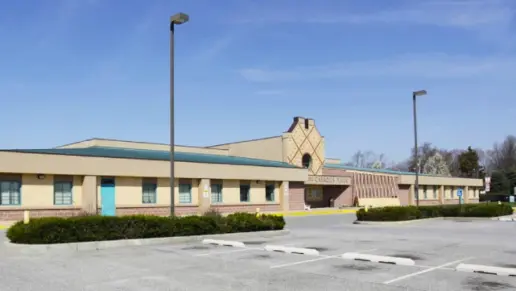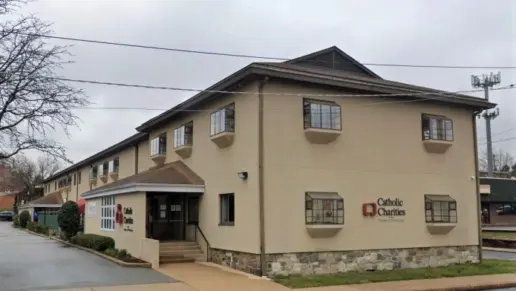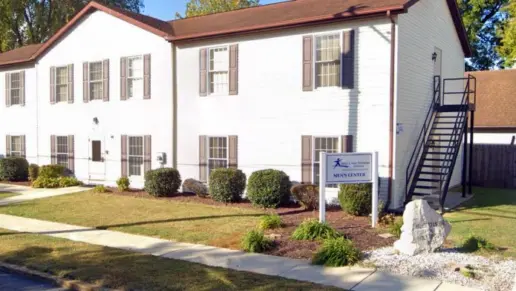About Redemption Addiction Treatment Center
Redemption Addiction Treatment Center provides substance abuse care in Wilmington, Delaware. They offer gender specific programs for men and women with flexible, outpatient treatment that works with your schedule. Their programs treat a variety of addictions, including benzodiazepines, methamphetamines, heroin and alcohol. Whether you need partial hospitalization or intensive outpatient care, they have services that give opportunities to heal and recover from substance abuse.
You’ll learn how to cope with symptoms and life stressors that tempt you to use substances. You will also learn about addiction and how it affects your thinking patterns and relationships. They have addiction specialists on staff to help you address any issues hindering sobriety. You may discuss building life skills that help with everyday issues, like time and money management.
Case management is on site to connect you to outside resources for ongoing recovery care. Case managers are advocates who can provide access to housing, healthcare, food, and clothing assistance, along with transportation for appointments.
They provide nutrition, health, and wellness education to help you live a healthy life after treatment. This service can include proper eating, exercise and fitness routines.
Art and music therapy are available to give you a more creative outlet for self-expression. These activities can also help with relaxation and stress reduction.
Family counseling is included in their programs to help loved ones reconnect and provide a supportive network for your ongoing sobriety. You’ll learn interpersonal skills that help you communicate and get along with others.
Aftercare planning is available to assist with continued recovery resources. This may include ongoing counseling, 12 Step attendance and community events.
Rehab Score
Gallery
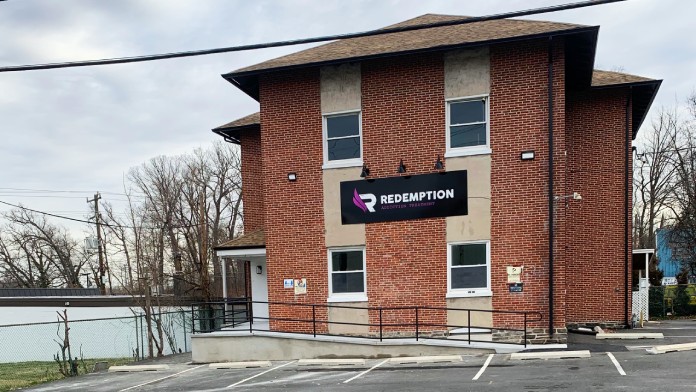

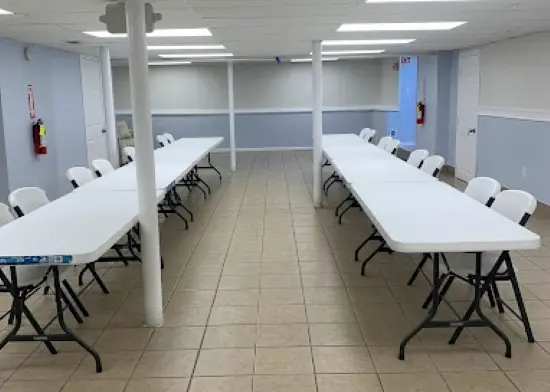

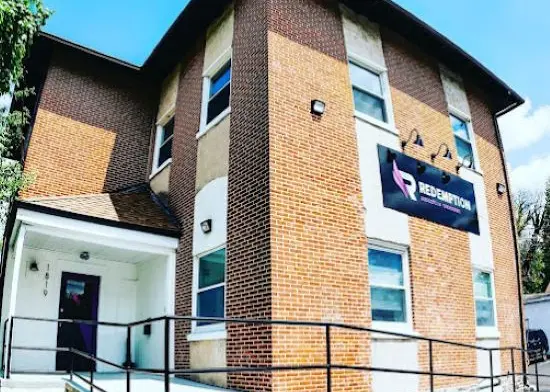
Location
Other Forms of Payment
Private insurance refers to any kind of healthcare coverage that isn't from the state or federal government. This includes individual and family plans offered by an employer or purchased from the Insurance Marketplace. Every plan will have different requirements and out of pocket costs so be sure to get the full details before you start treatment.
Self-pay involves paying for treatment out of your own pocket. You can use savings or credit, get a personal loan, or receive help from family and friends to fund your treatment. If you don't have insurance or your insurance plan doesn't cover a specific program, self-pay can help ensure you still get the care you need.
Addiction Treatments
Levels of Care
Clinical Services
Men and women in Delaware undergoing individual therapy for drug addiction have the opportunity to explore the underlying causes and triggers of their substance use disorder. Using a customized treatment approach, your therapist helps you develop healthier coping strategies that promote long term sobriety.
Contact Information
1819 Newport Rd
Wilmington, DE 19808
